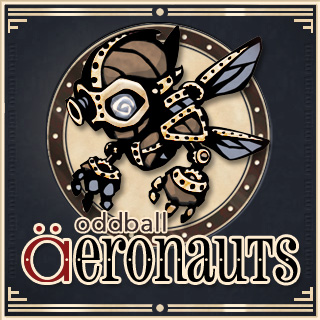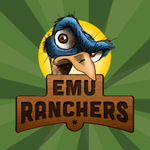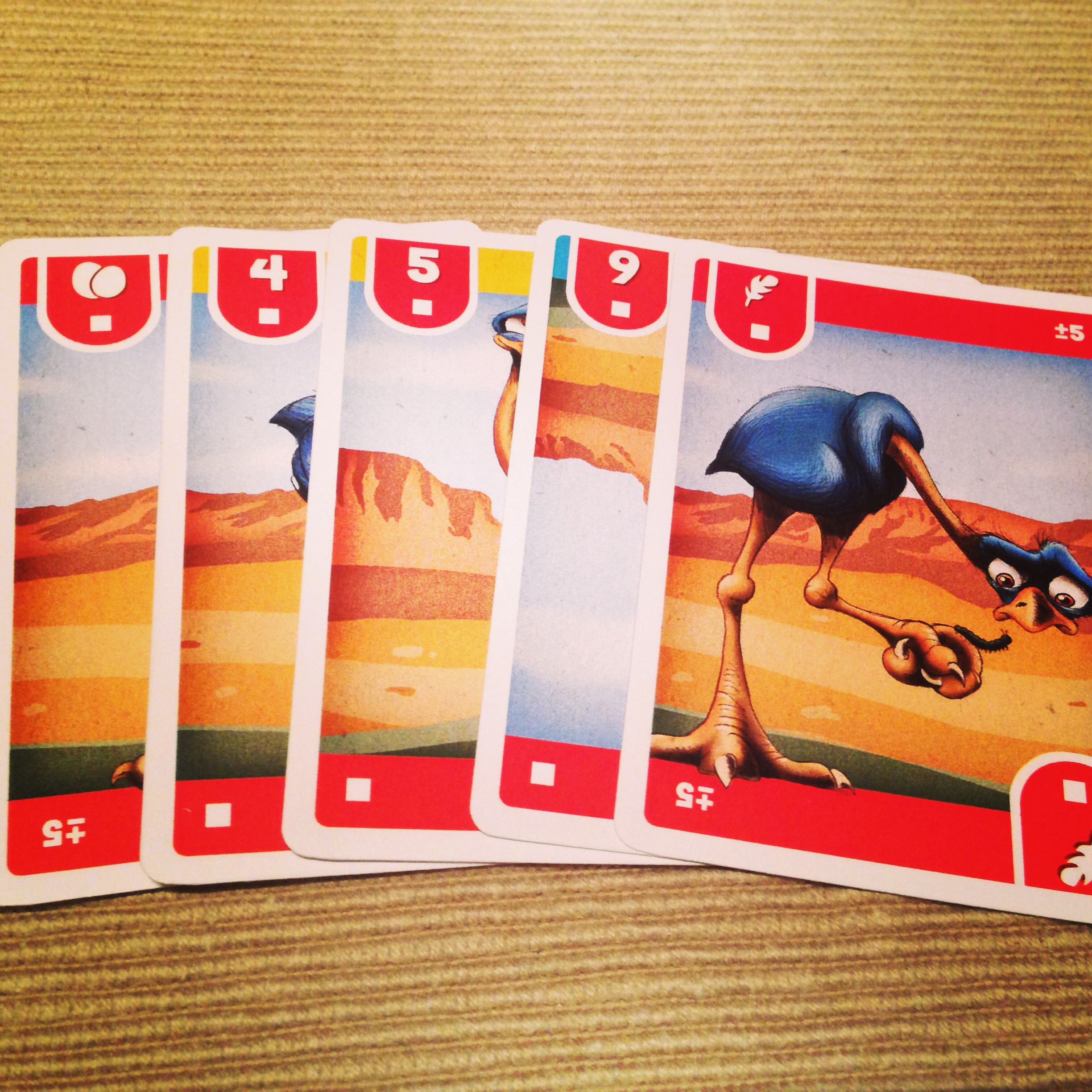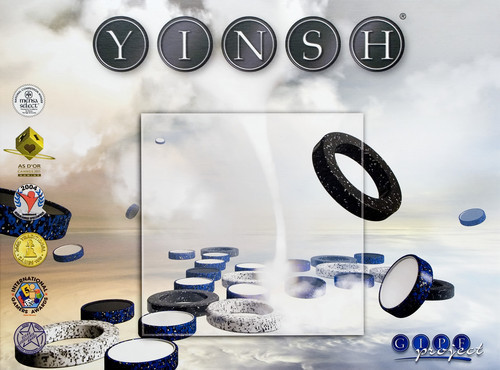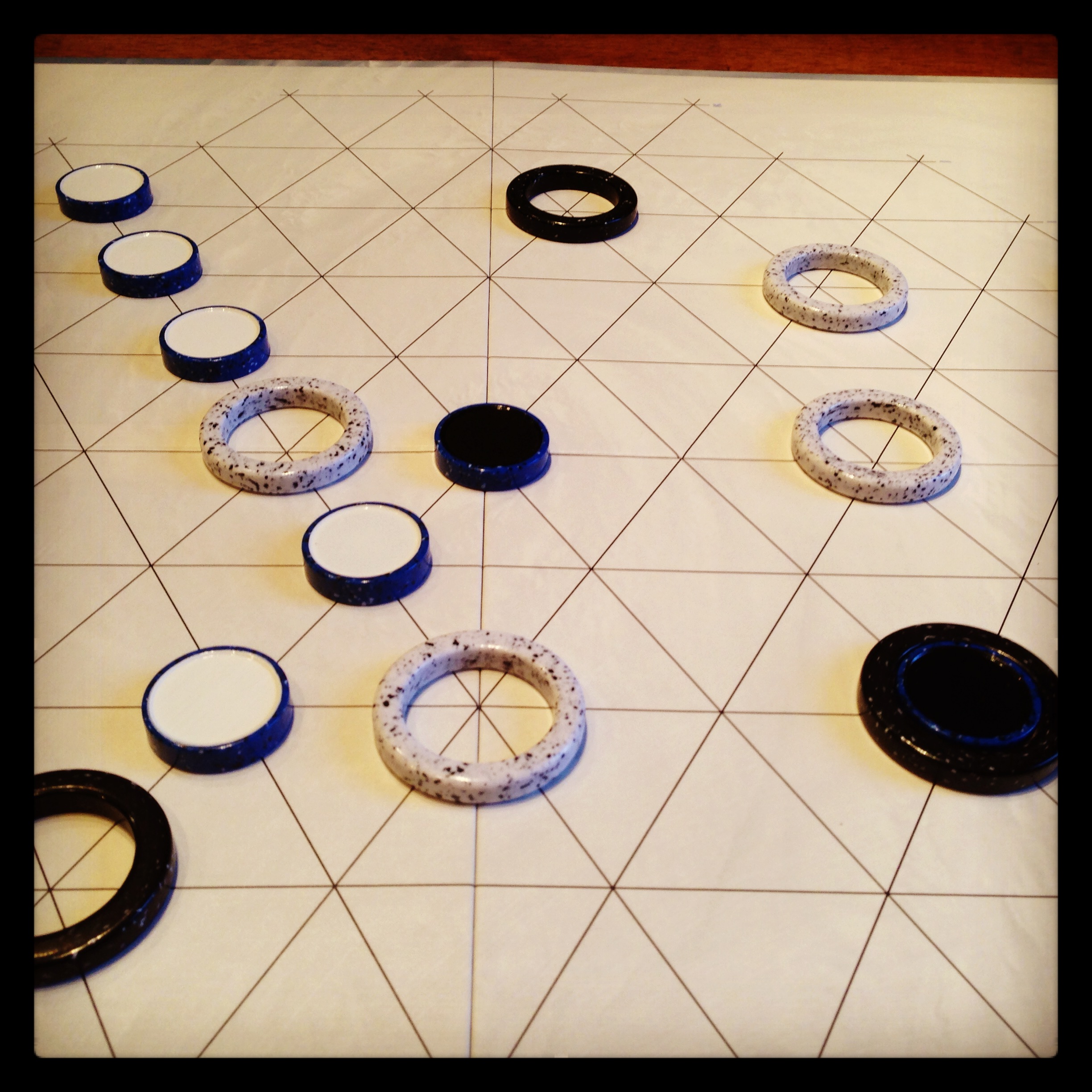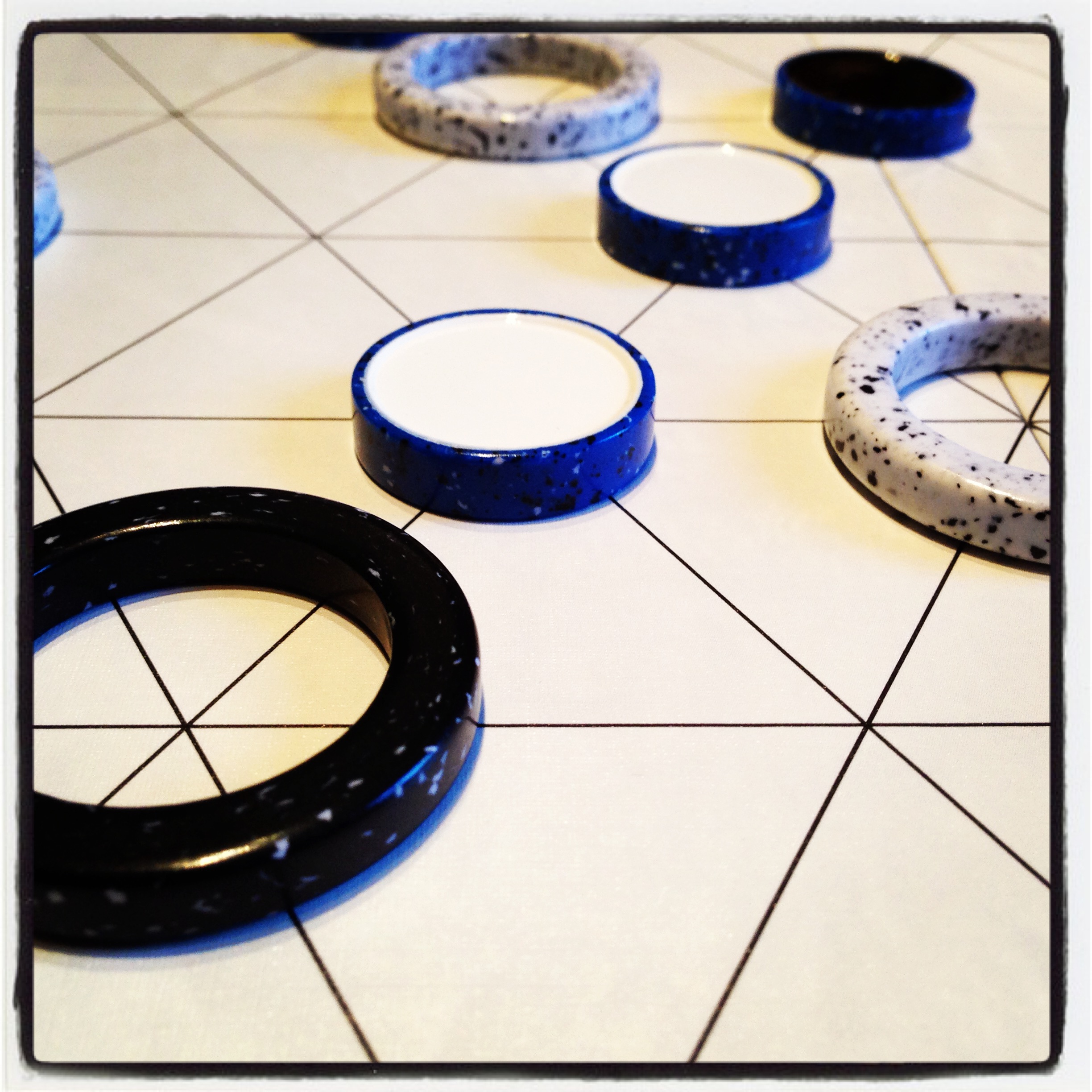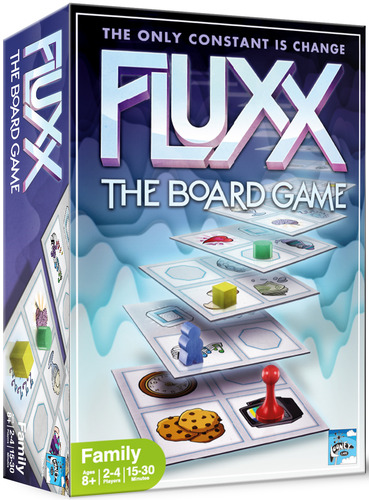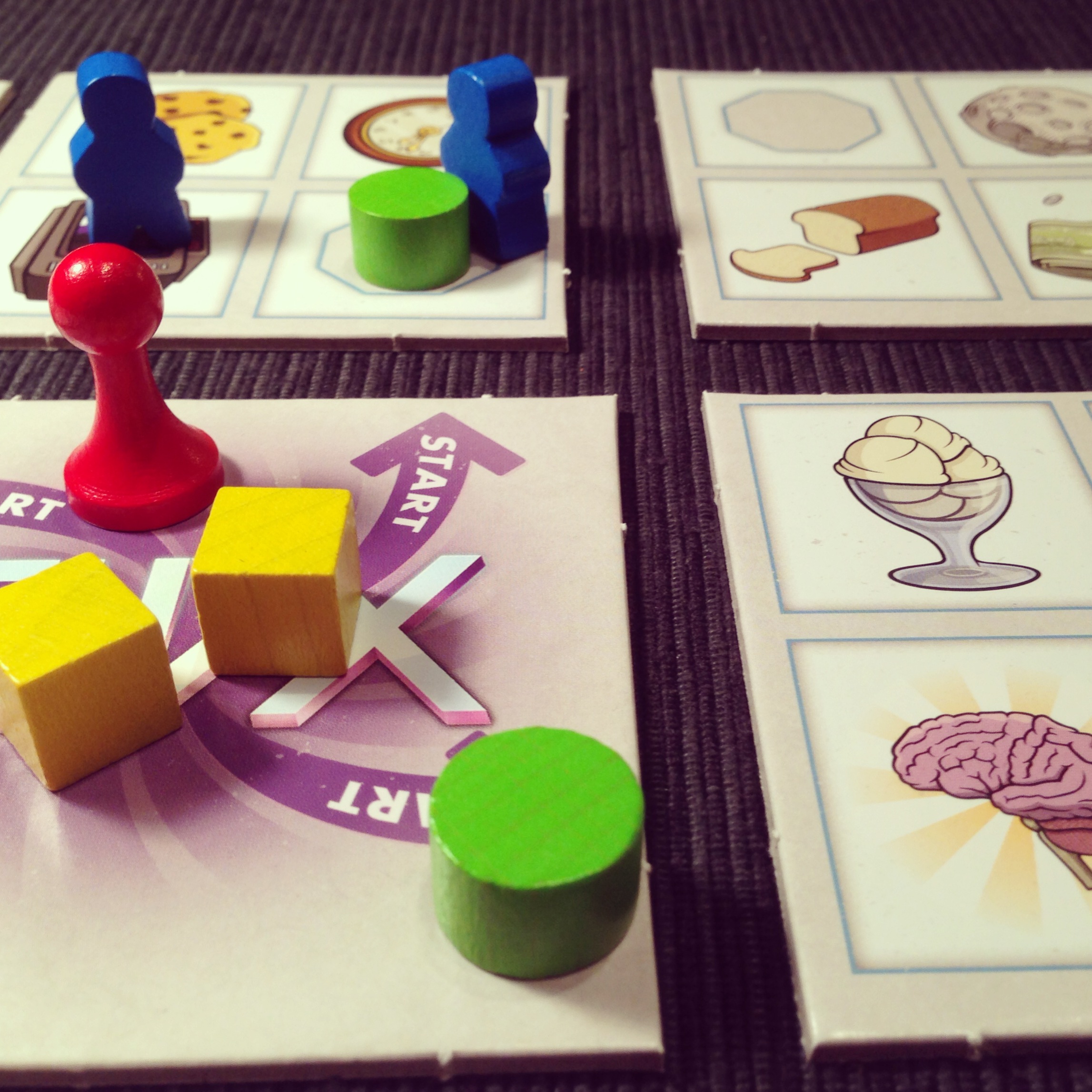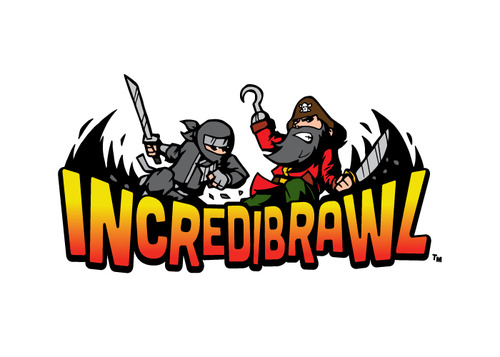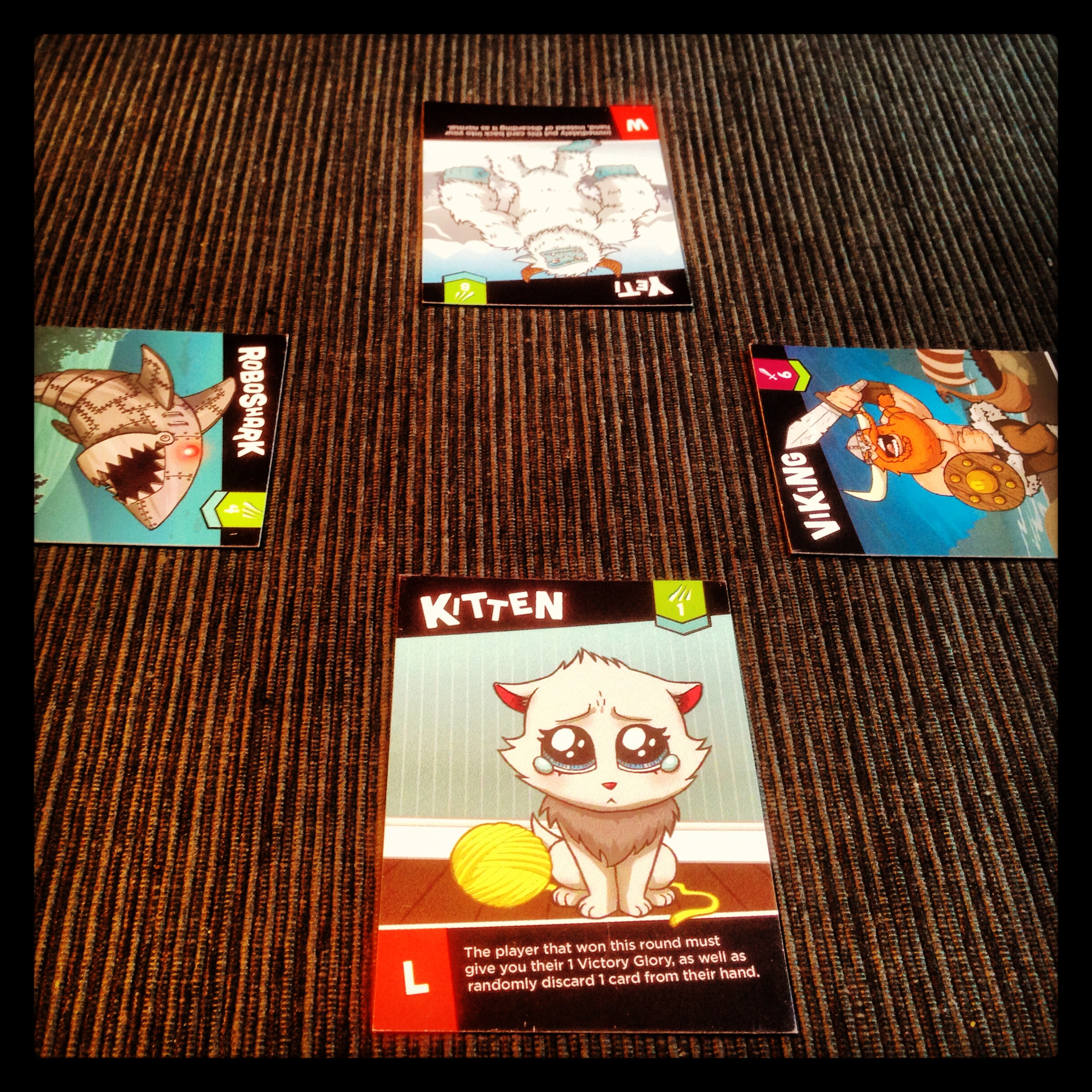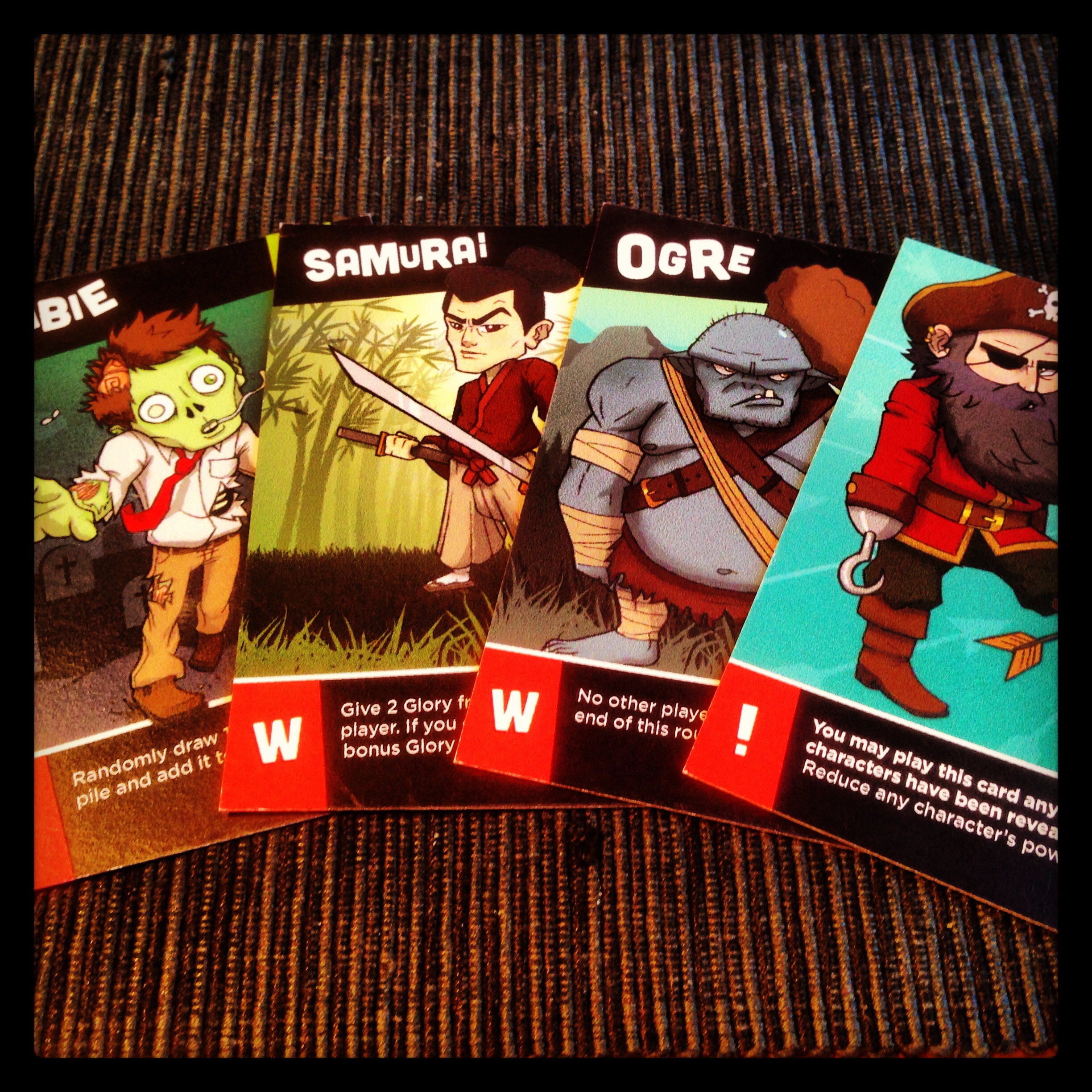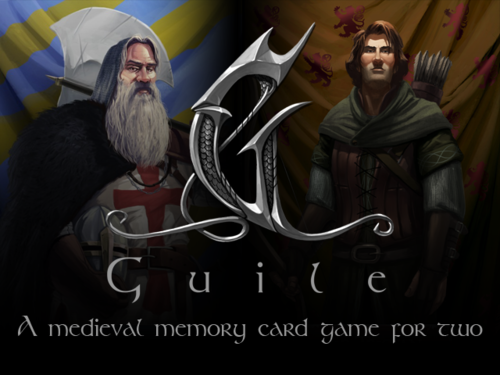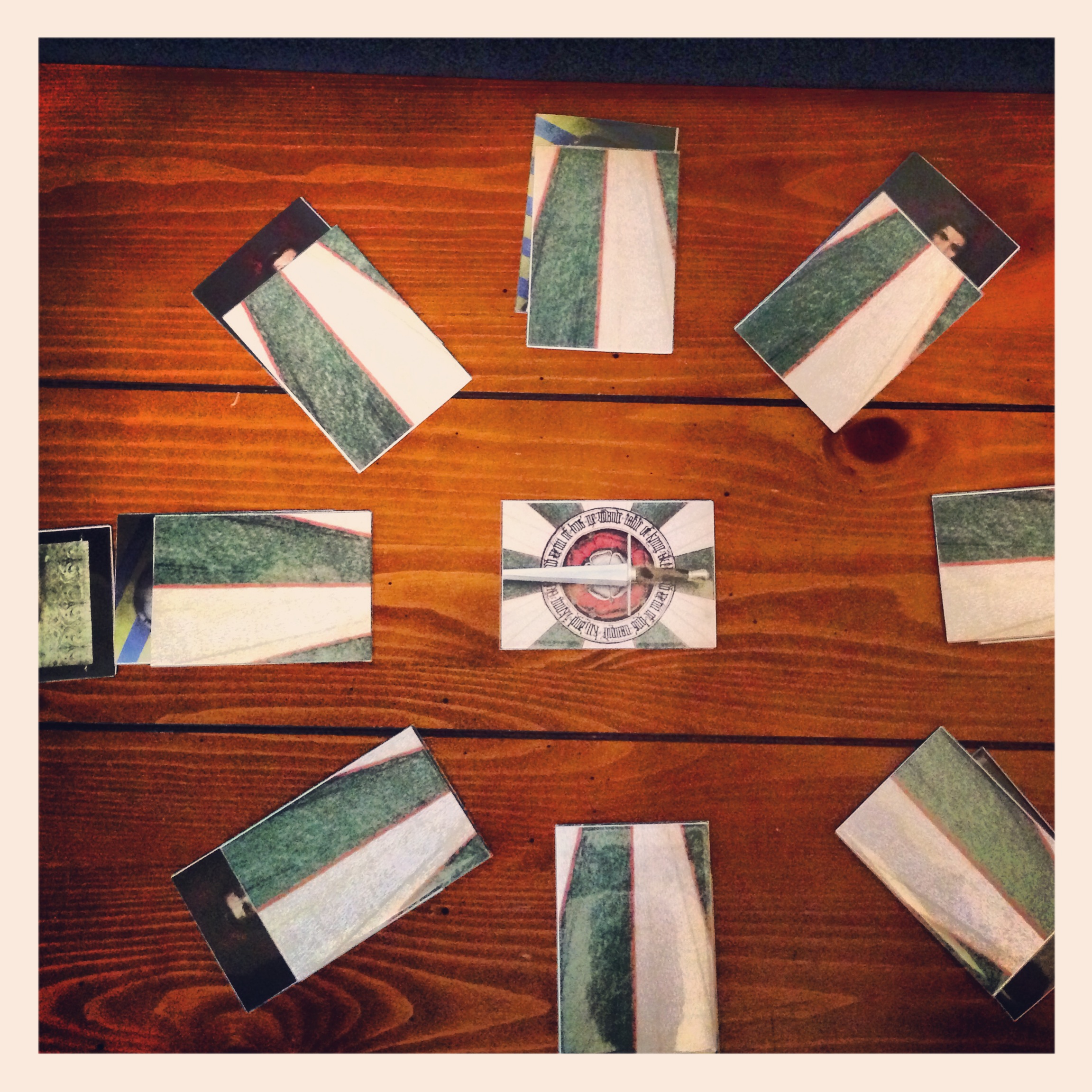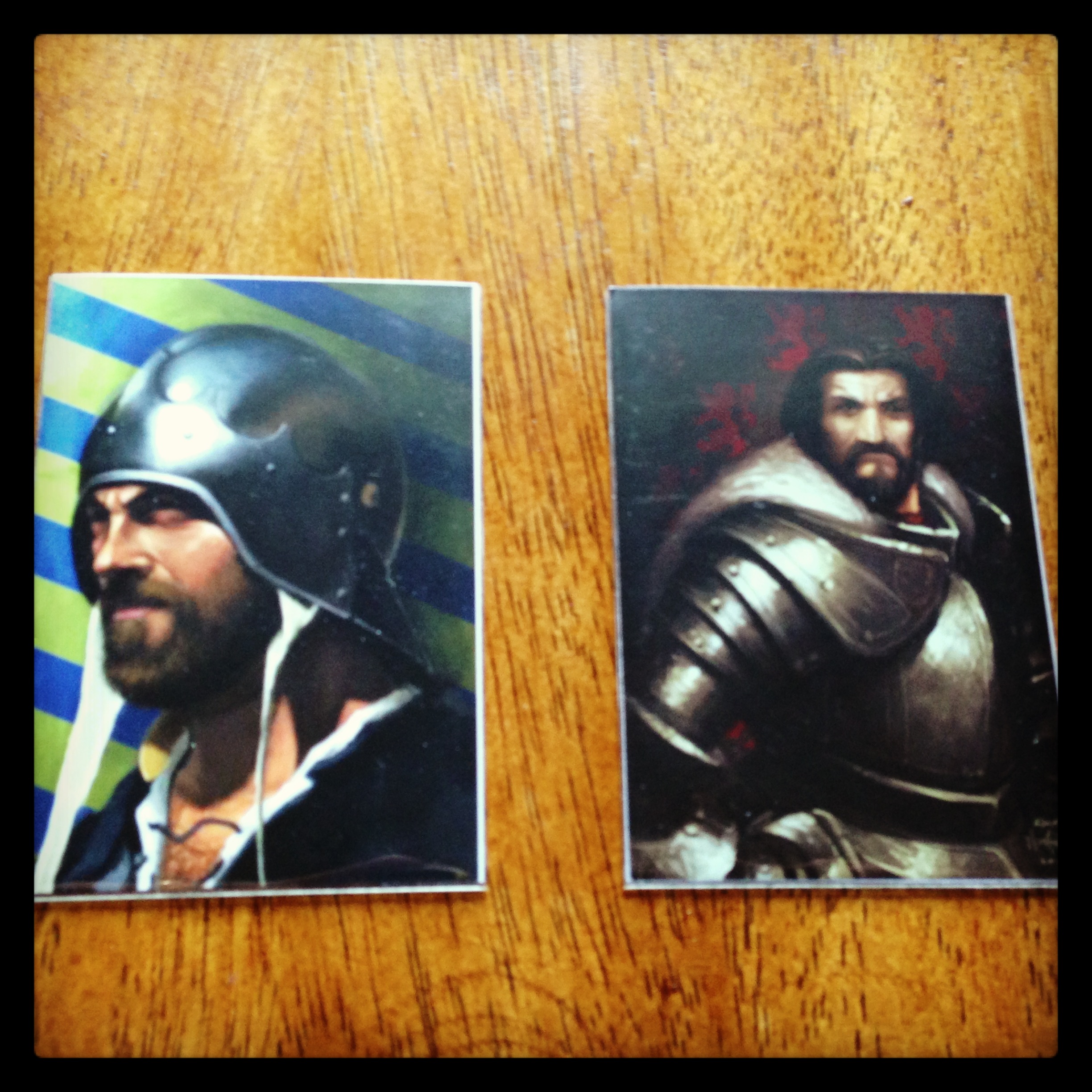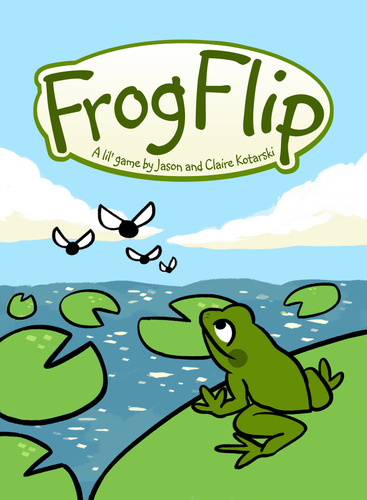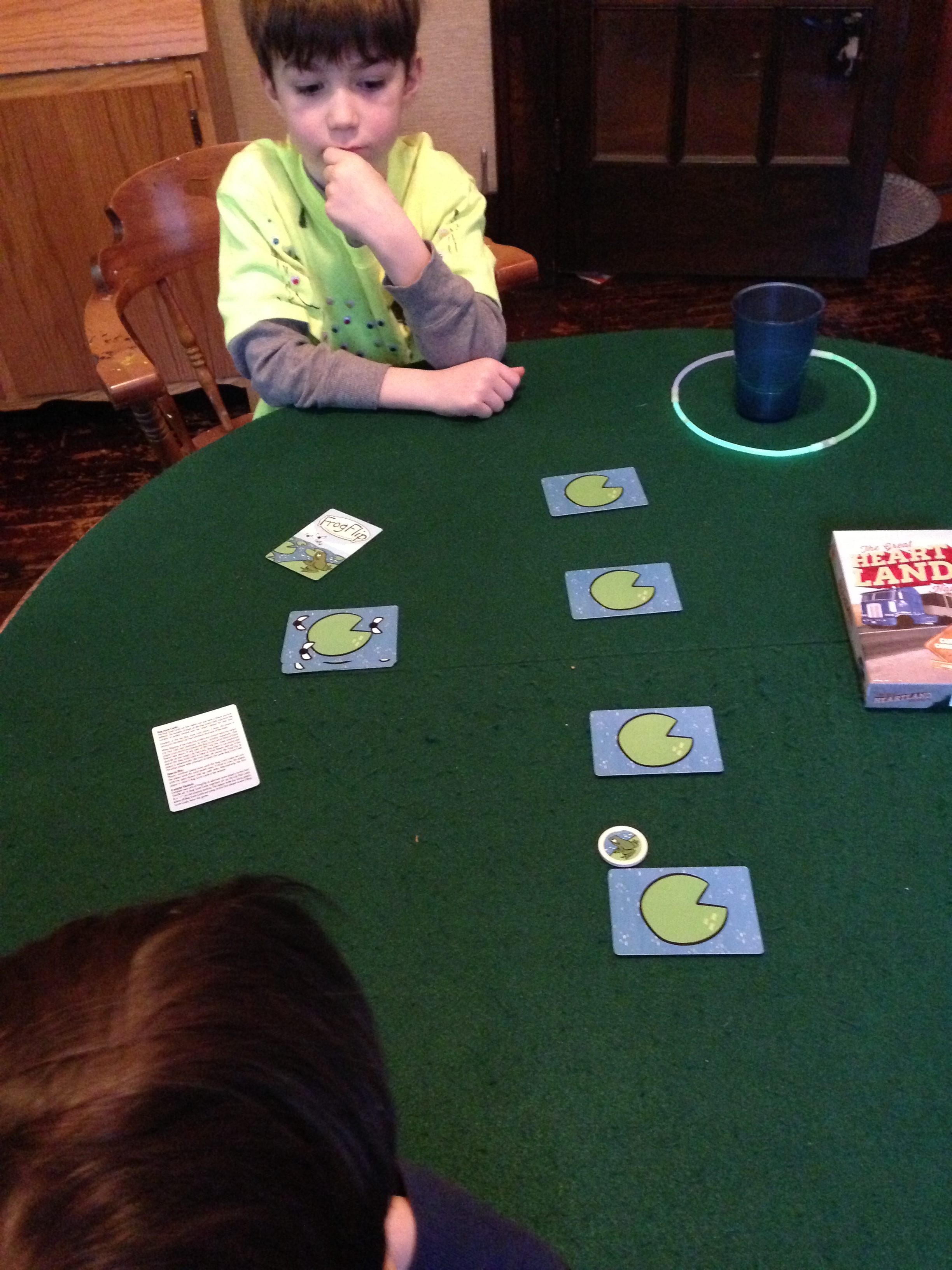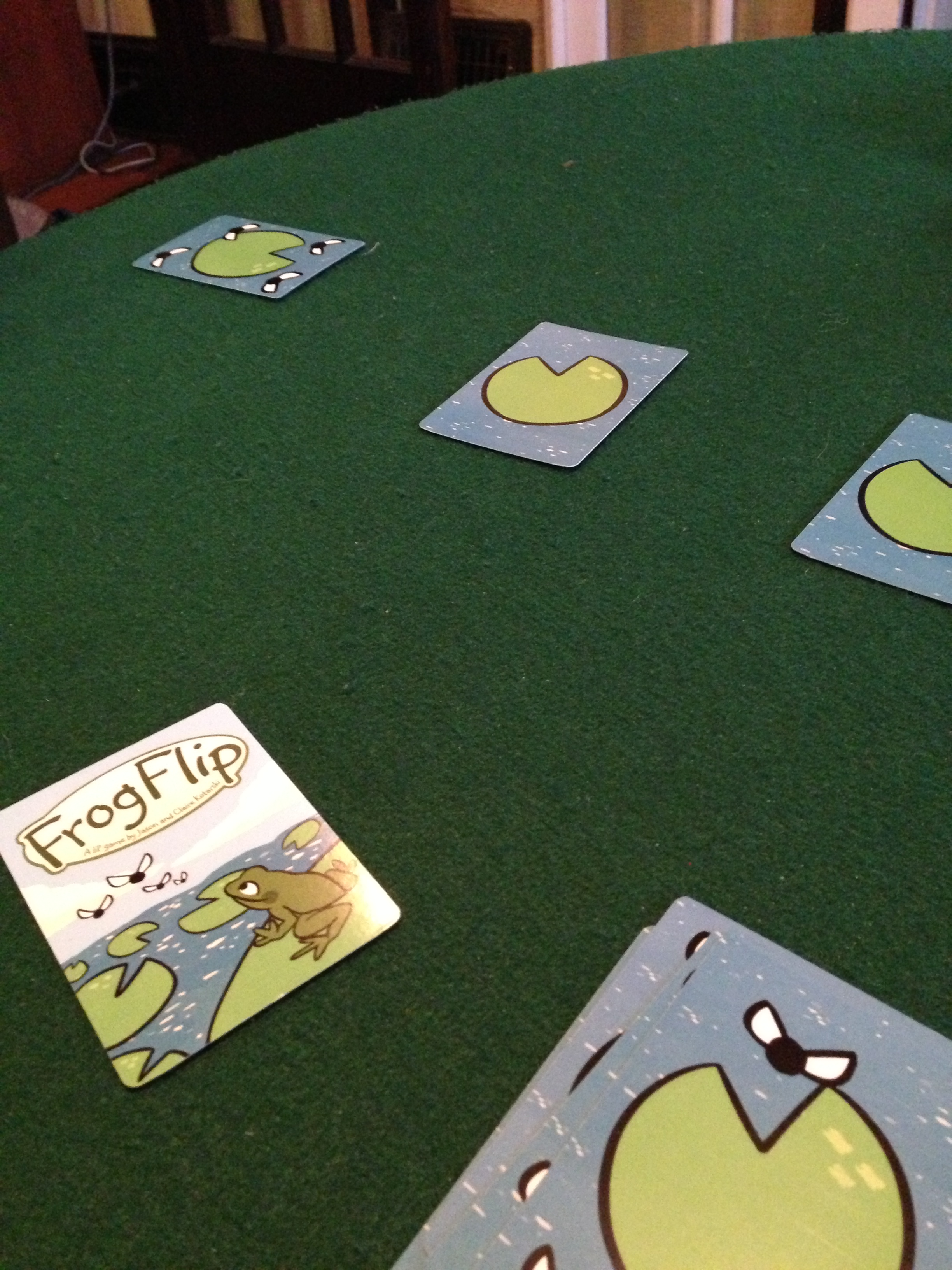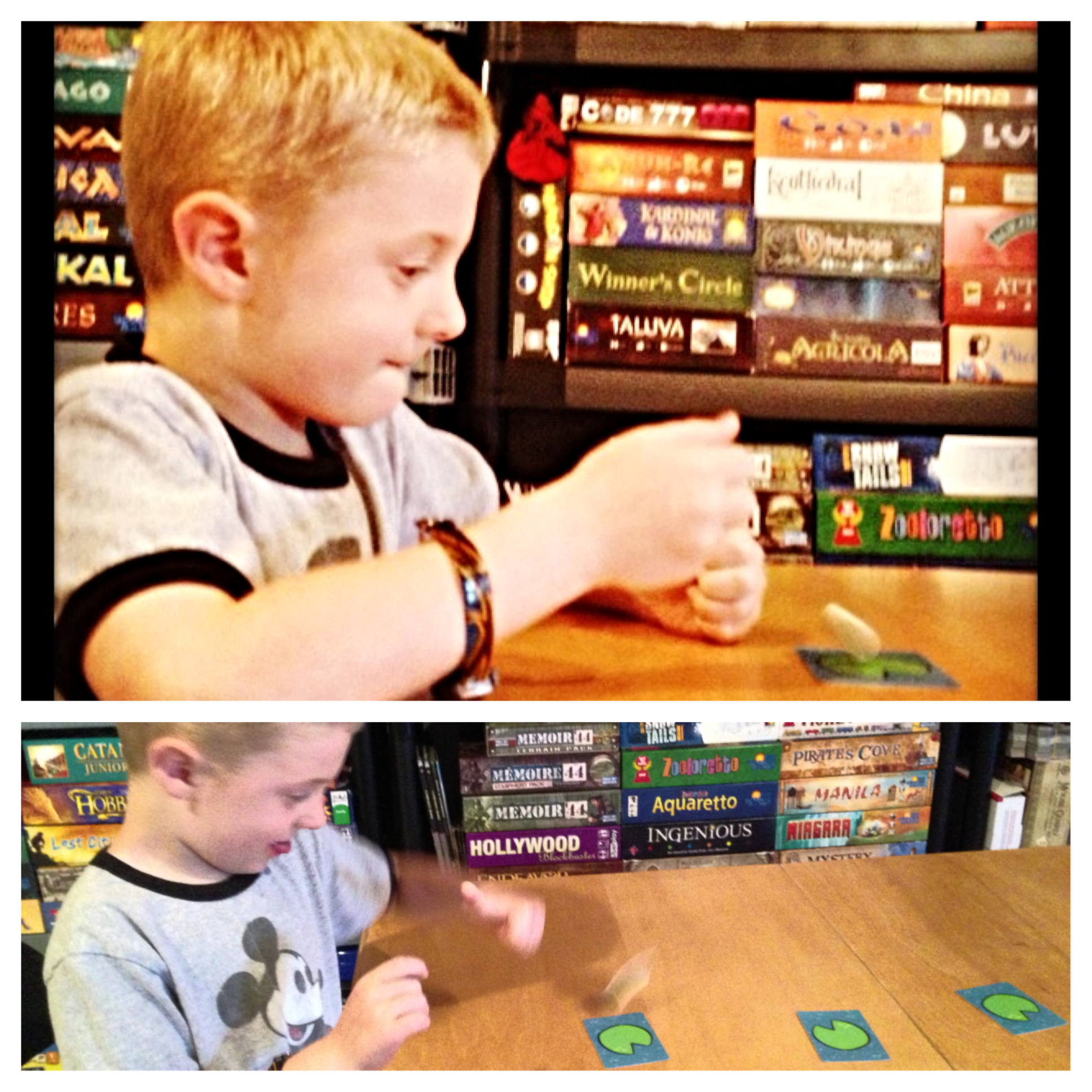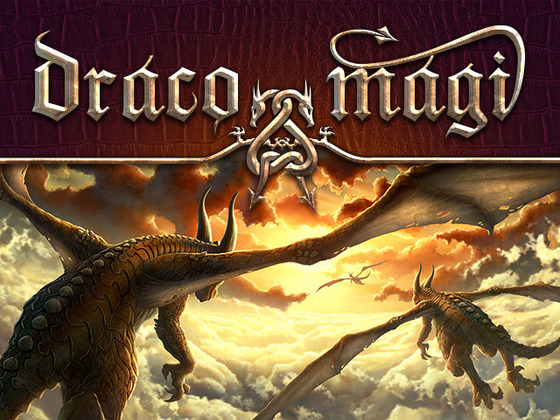 "A dragon lives forever, but not so little boys. Painted wings and giant rings make way for other toys. One grey night it happened, Jackie Paper came no more, and Puff that mighty dragon, he ceased his fearless roar."
- Peter, Paul & Mary
"A dragon lives forever, but not so little boys. Painted wings and giant rings make way for other toys. One grey night it happened, Jackie Paper came no more, and Puff that mighty dragon, he ceased his fearless roar."
- Peter, Paul & Mary
Over the past several weeks, we've seen an influx of 2-player games come our way, and today's review is yet another one. Draco Magi is a 2-player battle as the Gold and Green factions seek to claim the recently vacated throne, and become the Dragon King... errr... that is, Draco Magi. Let's take a look!
We should state that the images we've included, and the copies we're reviewing, are prototypes and may not be indicative of the final product that is released.

The Components
Cards, cards, everywhere! Here's the breakdown of the cards that come with the game:
Battlefield Cards--16 double-sided cards that serve as the battlefields where your dragons will duke it out, and feature a location name, some modifiers that affect the dragons you send there, and a colored jewel. Each side of the card is different, which gives you twice as much bang for your buck, and extra replayability.
Dragon Cards--There are two identical decks of 26 Dragon Cards, one Gold and one Green. There are 5 attributes to take note of on the Dragon Cards: Defense value, Ranged Attack value, Melee Attack value, Special abilities, and finally the Dragon's Type, which is anything from its color, to its "metallic" type.
Battle Cards--Two decks of 20 Battle Cards. Again, each player has an identical deck. These cards are broken into two sections: The top section is the Ranged Attack section, with a Defense value and an Attack value, and the bottom section is the Melee Attack/Defense section.
Advanced Battle Cards - This is a single deck of 18 that players add to their individual Battle decks as the game progresses.
First Player Token--We didn't get one in our prototype, so we just grabbed whatever and imagined it was something dragony or kingy or dragon kingy. But the game will come with one.

The Setup
Setup is fairly easy and quick. Each player takes their Dragon and Battle Cards and sets them in different piles. Then shuffle the Advanced Battle Cards and draft them: Each player is dealt three, they keep one, give one to their opponent, and the third is shuffled back into the Advanced Deck. The cards the players drafted are shuffled into their respective Battle Decks. The Battlefield Cards are shuffled, and three are dealt out from the bottom of the deck. Each time a new Battlefield Card id dealt out, it's from the bottom of the deck so the next location(s) are hidden from both players. The Gold Dragon faction gets the First Player token, and each player draws 8 Dragon Cards and the game begins.
The Gameplay
The game is played in 5 rounds.
Set Battlefield Phase--Which you already did during the setup, but in subsequent rounds you'll deal out enough cards to have 3 battlefields in play.
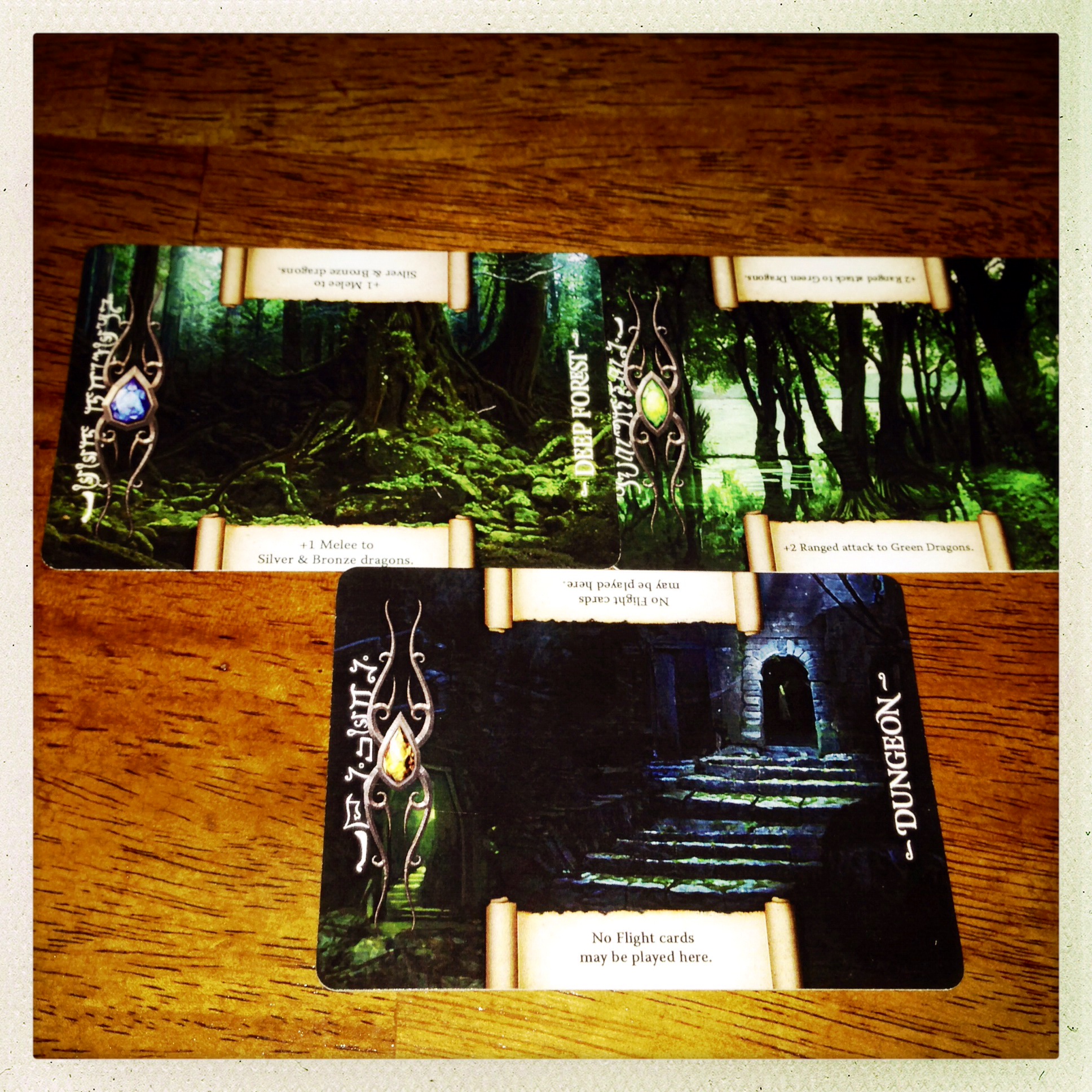 Draw Phase--Which, again, you've already done in Setup. But as the game moves along, players will draw back up to 8 dragon cards to their hand.
Draw Phase--Which, again, you've already done in Setup. But as the game moves along, players will draw back up to 8 dragon cards to their hand.
Placement Phase--This is where the game starts to get interesting. Players will--in turn and starting with the first player--place one Dragon Card on a battlefield. There can be no more than 3 of a player's Dragon Cards on a battlefield, and each dragon played is placed on top of a player's previously played dragon. If a player places a Dragon Card with a Ranged Attack value and there is an opponent's dragon on that battlefield, then the Ranged Attack is resolved. Ranged attacks are resolved by looking at the number next to the placed dragon's flame icon, and the defending player's top dragon's Shield/Defense value. Players then draw and flip over the respective number of Battle Cards from their own Battle Deck. The attacking player counts up the number of successes (starburst symbols) in the Ranged Attack section of the cards drawn, and the defending player does the same for the Defense section of their cards. If the attacker has more bursts than the defender, the defender loses his or her top dragon. If the defender has at least the same or more bursts, they defend and their dragon stays in play. This placement phase continues, and players place and resolve Ranged Attacks until players are either out of cards in their hand, or there are 3 dragons on each player's side of the battlefield.
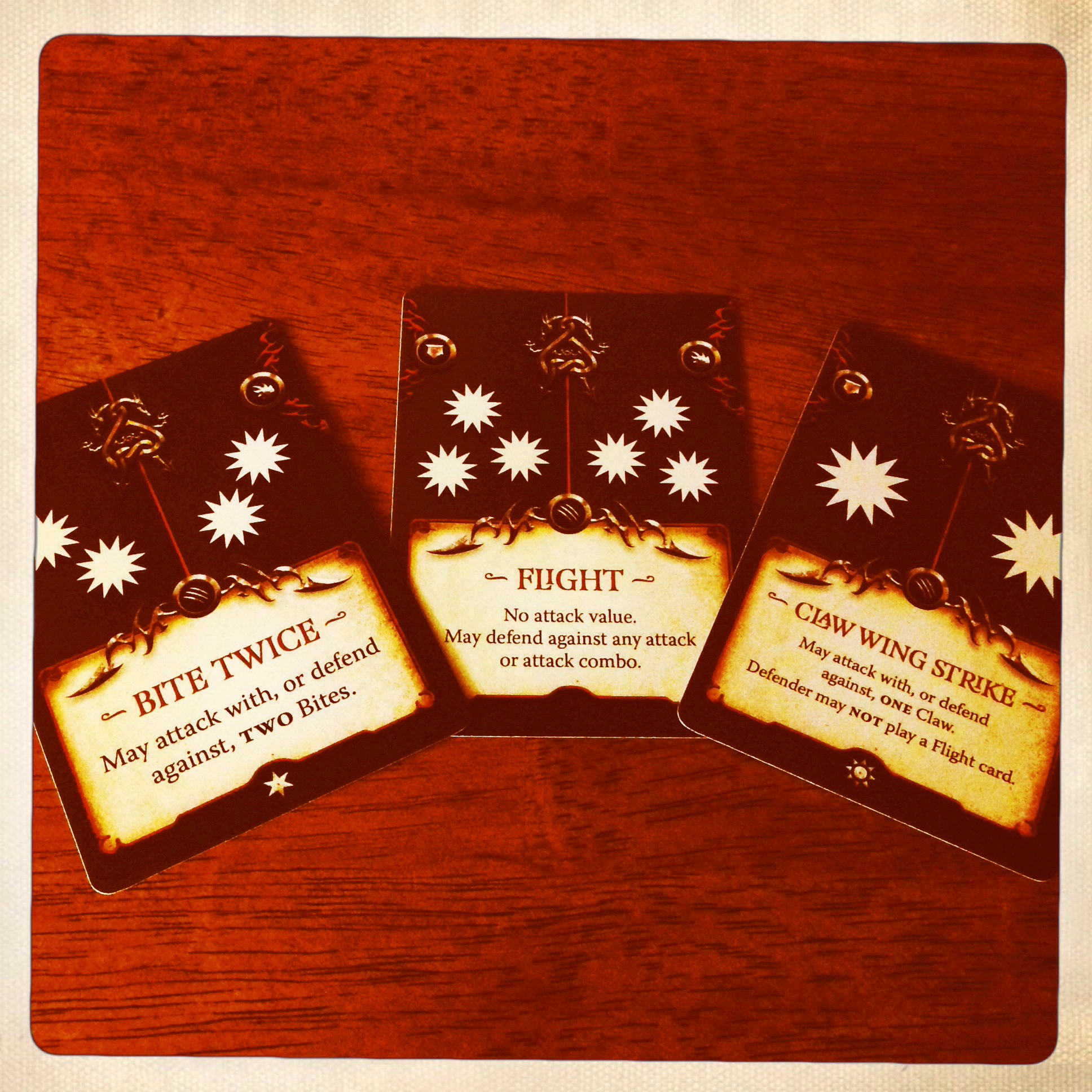 Melee Phase--The First Player gets the party started by picking a battlefield, and the battle begins. Here's how melee battles work. Each player adds up their Melee Attack value for that Battlefield by adding together the numbers listed on all of their dragons' claw icons, and then draws that number of Battle Cards from their Battle Deck--remembering to check for Battlefield or dragon special abilities that can affect that number! Once cards are drawn, again beginning with the first player, attacks are made, this time using the melee section of the battle cards. So the attacking player makes an attack with a Claw or Bite card, and then the defending player must defend those attacks with the same type of card. Each of these cards have a "combo" icon that allows you to attack with multiple cards as long as the icons on the cards match. For each attack card that can't be defended, a dragon on that battlefield is defeated and discarded.
Melee Phase--The First Player gets the party started by picking a battlefield, and the battle begins. Here's how melee battles work. Each player adds up their Melee Attack value for that Battlefield by adding together the numbers listed on all of their dragons' claw icons, and then draws that number of Battle Cards from their Battle Deck--remembering to check for Battlefield or dragon special abilities that can affect that number! Once cards are drawn, again beginning with the first player, attacks are made, this time using the melee section of the battle cards. So the attacking player makes an attack with a Claw or Bite card, and then the defending player must defend those attacks with the same type of card. Each of these cards have a "combo" icon that allows you to attack with multiple cards as long as the icons on the cards match. For each attack card that can't be defended, a dragon on that battlefield is defeated and discarded.
Then the player who just defended gets to attack, and this goes back and forth until only one person has dragons left on the Battlefield--or both players run out of battle cards. The player with more dragons wins the Battlefield, and its all-important gem. If the players run out of battle cards and there are an equal number of dragons on both sides, it's a tie and all of those dragons stay there, along with the Battlefield, until the next round. Once a Battlefield is resolved, the second player chooses the next Battlefield and it's Game On once again.
Draw Phase--After all three Battlefields have been resolved, each player draws one Advanced Battle card, and shuffles it and all of their Battle cards in the draw pile, discard pile, and any left in hand to re-form their battle deck. You can choose to discard or keep any Dragon cards that may be left in your hand, and then draw back up to 8 Dragon cards and return to the Set Battlefields phase.
Game End--The game ends immediately when one player wins enough battlefields to collect 3 gems of the same color, 3 gems of different colors, or 4 gems of any combination.

The Verdict
Jeremiah--Finally! A game that's clever, but not too clever for its own good! I can't really remark on component quality at this time, since we have prototypes, and the quality, art, graphic design, etc., will vary once the retail version hits the shelves. Robert Burke has been in contact with us, and some of the concerns I did have about iconography and fonts and such are being resolved, which is great news. The overall look and artwork, though, is amazing! The dragons look super awesome, the Battlefield artwork is really spiffy too! I can't wait to see the cards in their full splendor!
Firestone--Yeah, the art on those dragons is just terrific. They're colorful and evocative, and each one is unique. It probably wasn't cheap, but that was money well spent!
Jeremiah--I was really impressed with the way this game brings two unique and completely different styles of battle to the table, using the same set of cards. The battles interlock well enough to not make it feel completely disjointed from the game, but are still unique and have their own strategies. The dragons' abilities play well into the battle systems, also. Some are better at Melee while others better at Ranged attacks. It's slick and streamlined. I'm a fan of both battle systems.
Firestone--Really what this all reminded me of was Blue Moon. You're both competing for the same "thing," and playing cards to jockey for position to win that thing. It works really well.
Jeremiah--My first thoughts on resolving battles--especially Ranged--were, "Oh, no. It's down to a card pull, or luck of the draw." But this game is super balanced. There were plenty of battles where I thought I was going to blow away my opponent, and barely squeaked out a victory--or even lost--and vice versa. Every game I've played has come down to some pretty epic battles that decided the game one way or the other. I haven't seen a game that was completely lopsided.
Firestone--There's definitely some luck in the cards, though. For one battle, both of my Flight cards were drawn out during the Ranged attack. Well, that made it really hard to win that Battlefield--and, indeed, I lost it. I'm okay with the luck here, though. It feels about right for the weight of the game, and rarely feels punishing.
Jeremiah--I liked the function of the Advanced Battle cards. As the game moves along, there's a little more variation given to each player. So while you know the majority of your opponent's Battle Deck, there are still a few surprises along the way. Again, nothing that really throws the balance of the game, but enough to make the choices you make during melee battles just a little more precarious.
Firestone--One of the best things about the game was the "small" decision to let people add one Advanced Battle card to their decks at the end of a round. (There are a couple of other ways to get the cards, too.) That inserts some "fun stuff" into the game, but it also pushes it toward the End Game. Adding those cards makes it so most games of Draco Magi are going to go three or four rounds, which keeps it from overstaying its welcome.
Jeremiah's Final Verdict--I really had a lot of fun with this game. It plays right around 30 minutes, and packs a lot of punch for a relatively small number of cards and components. Every card played in the game requires a strategic decision, and these decisions then ripple through the upcoming phases. This is a really fun game, and I suggest you Put This on Your Table!
Firestone Final Verdict--There's a good amount of game in this set of cards. It's fun, and clever, and cheap, and plays quickly. And that art! I also really like their Kickstarter strategy, which is just: "Give us $15 and you get this game." No exclusives. No convoluted tiers. Just the game, and some stretch goals that everyone gets. Bravo. You should go back this game, and then Put It on Your Table!
We'd like to thank Robert Burke Games for supplying us with prototype review copies of Draco Magi. This in no way affected our opinions.

Draco Magi is on Kickstarter! It's only $15 for a copy shipped to your US door! And you can find all sorts of updates on their Facebook Page - Right here!
You can subscribe to our blog over on the right ----->
And don't forget to look for us all over the web: Facebook, Twitter, Instagram, YouTube and our Podcast!



